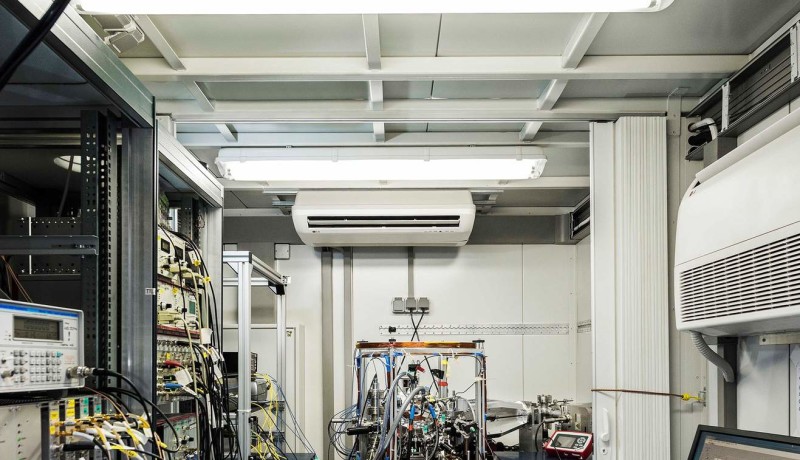Mobile optical strontium clock
on

Optical clocks are tipped to be the best candidates to redefine the SI-base unit 'second' once again. That the next redefinition of the second, which is planned for the end of 2018, will nevertheless use a cesium atomic clock, is only because it is not entirely clear what the successor should look like – there are simply too many competing optical clocks. The winner has not been decided yet – will the definition be based on a property of strontium, ytterbium, aluminum or other atoms? The clocks under consideration have been in a neck and neck race for years with respect to accuracy and stability (how long a measurement needs to be taken before reliable data has been obtained).
The current winner in the category 'mobility' has, with an accuracy of 7.4 · 10-17, left the competition far behind. The mobile optical strontium clock from the Physikalisch-Technische Bundesanstalt (Germany) approaches the performance of the best stationary clocks so well that excellent clock comparisons can be made with it – which until recently was only rarely possible, for example only when the clocks to be compared are in the same laboratory. But now an optical clock can simply be taken to its counterpart, after which a comparison can be carried out.
When considering the stability, the new mobile variant has also shown its back to the competition. After less than one hour of measurements an accuracy of 10-17 has already been obtained – sufficient, when surveying, to measure differences in height of the order of 10 cm. With two linked clocks this also becomes possible across large (that is, continental) distances.


Discussion (0 comments)